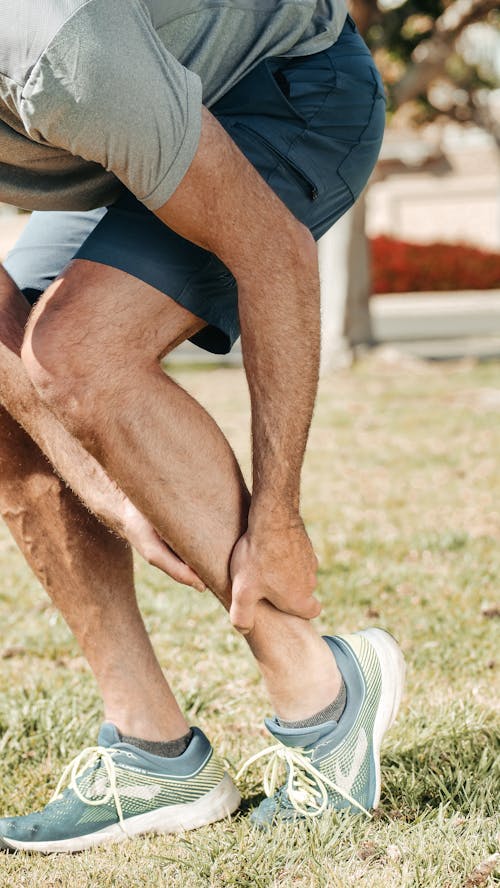
Is Rock Climbing Dangerous? Understanding the Risks and How to Stay Safe
Different Types of Climbing and Their Risks
Rock climbing comes in various forms such as climbing with a rope, bouldering, and free soloing. While free soloing is extremely dangerous and not recommended, understanding the risks and injuries associated with rope climbing and bouldering is crucial for any climber.
Common Injuries in Climbing and Bouldering
Two studies on climbing injuries present conflicting information. One study indicates that hand and tendon injuries are most common among climbers, while another study suggests that fractures, sprains, and strains are more common. The discrepancy may be because climbers are less likely to seek emergency treatment for pulled tendons than for fractures or sprains.
Pulled Tendons
Climbers frequently experience hand tendon injuries, especially during crimp climbing, which puts a tremendous strain on hand tendons. To prevent such injuries, climbers should avoid pushing themselves when experiencing hand pain and give their tendons time to recover.
Sprained Ankles and Fractures

Ground falls, common in bouldering, can lead to sprained ankles and fractures. Rope climbers can also experience these injuries if their belayer is not paying attention or providing the proper amount of slack. To minimize the risk, climbers should ensure their belayer is attentive and experienced.
Sprained Wrists
Sprained wrists are another common injury, particularly in bouldering, as climbers may instinctively use their hands to break their fall. To prevent wrist injuries, climbers should learn proper falling techniques and avoid using their hands to catch themselves.
Climber’s Elbow and Climber’s Knee
Climber’s elbow, also known as tennis elbow, is caused by overuse of specific tendons near the elbow. Similarly, climber’s knee occurs when climbers do not pivot their feet properly on footholds during certain moves. Proper technique and avoiding overuse can help prevent these injuries.
Tips for Preventing Climbing Injuries
- Know your limits and avoid climbing at skill levels beyond your abilities.
- Stop climbing when experiencing pain or discomfort.
- Do not walk under other climbers or between the belayer and the wall.
- Use proper falling techniques, such as rolling or bending your knees, to minimize injury.
- Remove jewelry and other items that could get caught during a climb.
- Learn and practice proper climbing techniques to avoid overuse and strain injuries.
The Rewards of Climbing Despite the Risks
Despite the inherent dangers, rock climbing remains a rewarding and exhilarating activity for many. Climbing offers numerous physical, mental, and emotional benefits, such as reduced anxiety and improved coordination. By understanding the risks and taking the necessary precautions, climbers can continue to enjoy this thrilling sport while staying safe and healthy.






